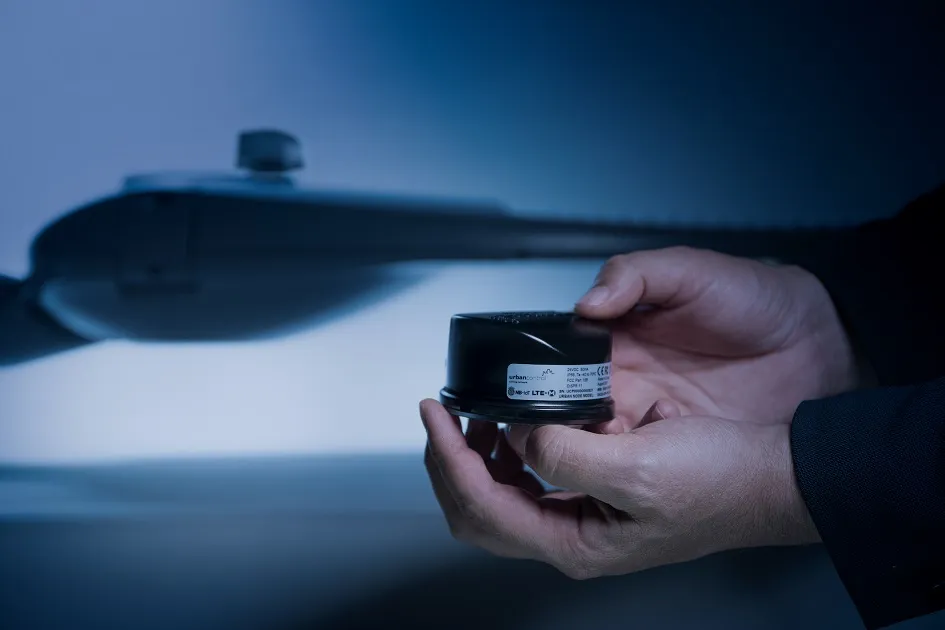The new Multi-Hop Data Radio from Banner Engineering extends the reach of the company's SureCross wireless systems by repeating transmissions in 3km 'hops' to a multi-hop total of 20km or more. Using the system, clusters can be combined and connected to create networks with 2,400 wireless points, covering over 100km2. The company says its system can be used to connect a wide variety of field devices directly, including PLCs, controllers, HMIs, DCSs, transmitters and level, pressure and temperature sensors.
January 31, 2012
Read time: 1 min

The new Multi-Hop Data Radio from 3776 Banner Engineering extends the reach of the company's SureCross wireless systems by repeating transmissions in 3km 'hops' to a multi-hop total of 20km or more. Using the system, clusters can be combined and connected to create networks with 2,400 wireless points, covering over 100km2.
The company says its system can be used to connect a wide variety of field devices directly, including PLCs, controllers, HMIs, DCSs, transmitters and level, pressure and temperature sensors. It allows extension of the widely used Modbus communication protocol to many applications where wiring is impractical because of distance or accessibility. It can also be connected with digital, analogue or temperature signals using other Banner wireless products.
The company says its system can be used to connect a wide variety of field devices directly, including PLCs, controllers, HMIs, DCSs, transmitters and level, pressure and temperature sensors. It allows extension of the widely used Modbus communication protocol to many applications where wiring is impractical because of distance or accessibility. It can also be connected with digital, analogue or temperature signals using other Banner wireless products.










